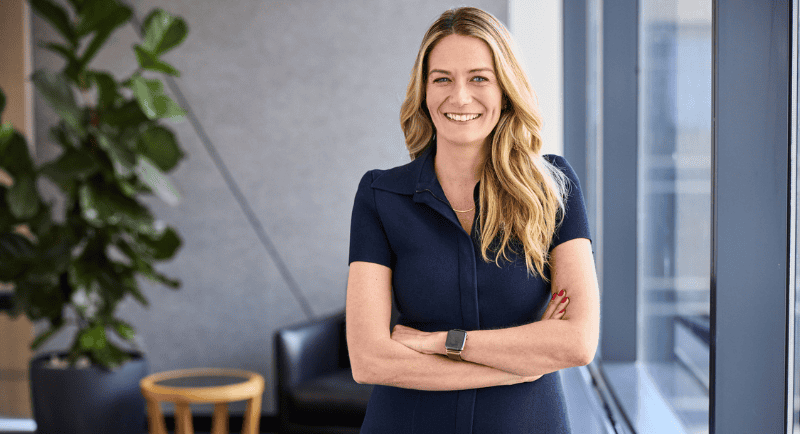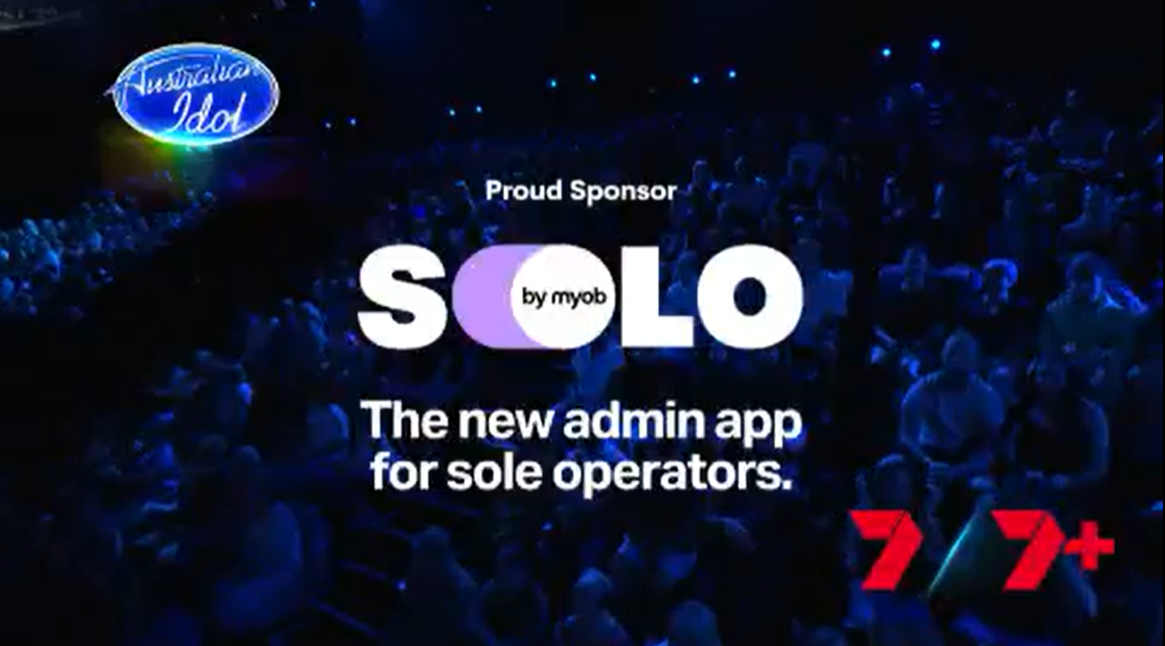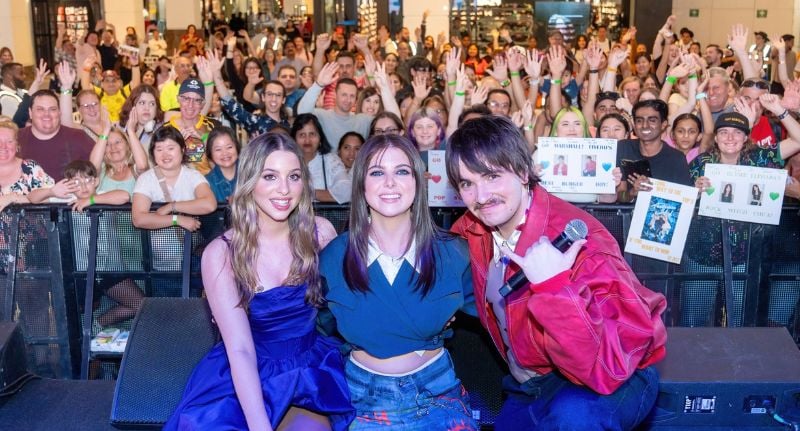The dust, or rather confetti, has begin to finally settle in the Seven offices following the network’s successful 2025 season of Australian Idol.
More than 11 million Australians tuned in across the season, while viewership on 7plus increased by 42%.
And the momentum lasted right until the very end.
Part one of the grand finale drew a substantial average audience of 1.07 million and reached 2.22 million viewers as the final three contestants, Gisella Colletti, Iilysh Retallick, and Marshall Hamburger, vied for the title.
“So we launched really well; it was our biggest launch yet, but then it just continued, and the engagement went through the roof,” Seven’s national television sales director Katie Finney told Mediaweek.
“For us, the brands that were involved were getting really great results off the back of it. So that gave us goosebumps because everyone was excited and really proud to be a part of the show.
“And that can always be the challenge: When you go into these things, everyone has this excitement and hopes it will be a big success. But you know, delivering that week on week, every week, has just been massive for everyone at Seven and for the brands involved.”

Seven’s national television sales director Katie Finney
Live TV means live brand opportunities
Finney believes that Idol’s live format opened the door to real-time executions that blur the lines between content and commerce.
“We had Cirque du Soleil do a live cross with host Scott Tweedie straight into an ad break promoting their tour,” Finney explained.
“You can’t do that with most formats, that’s the power of live TV”.
Another brand, Leapmotors, joined late in the season with integrated billboards and TVCs. “The flexibility of live helped us accommodate that with impact.”
Then there was the centrepiece of Idol’s branding integration for SharkFlex Style, an air styling and drying tool brand.
Finney explains: “This was the first time globally that we actually gave the naming rights to a brand, renaming the Sydney Coliseum Theatre in Rooty Hill (where the Idol live shows are filmed) to Shark Coliseum.”
The integration included changing the branding to the building’s exterior, on-air verbal mentions, and taking the contestants through the social channels using the product, with Finney admitting they “really stretched it as far as we could”.
She went on to credit the live audience for the widespread integration saying having them there made the team “feel brave” when making big decisions.
“It really worked well for the brand, and the integration was natural because audiences tuned in to see the contestants undergo makeover moments, where they started as diamonds in the rough and then turned into superstars. That was really exciting for us to be a part of.”
Another notable integration involved a less conventional brand pairing, as Finney detailed, “We had MYOB join. It was their app platform for sole traders. We executed really effectively, with the Idol crew in their Idol T-shirts working behind the scenes and using the app.
“The integration was talking to music audiences and people in that kind of contractor working lifestyle. You wouldn’t necessarily think a music show would go hand-in-hand with MYOB, but together, there was a strong connection. We’re really proud of that one; it was something different. We call it ‘accidental integration,’ but it’s really like breaking the fourth wall. So that was really cool.”

The power of shared viewing and brand safety
Finney also pointed to the unique “intergenerational” viewing dynamic of Australian Idol, making it an attractive proposition for advertisers seeking broad reach and family engagement.
“Like live sport, you’re there with the family together. It is a brand-safe environment you can all watch together as a family. I think that that has been a big part of the success this year,” she said.
That kind of tangible connection with audiences was further bolstered by fan events.
“We had a fan event at Westfield Parramatta and that was just crazy,” she recounts adding it “showed us how much we were connecting, not just with audiences, but in a whole new way with their families.”
A collaborative approach
Finney highlighted the collaborative spirit between the network, production teams, and brand partners.
“We’re working hand in glove together, you know, our sales teams that work with the brands, Majella Hay (Seven’s director of content, unscripted) and her team, and Eureka Productions.
“It’s literally hand-in-glove, and we all want to make great television but have the brands show up authentically in a way that’s going to connect with our audiences,” she said.
Looking ahead, Finney predicts more and more agencies will look to the Idol format to leverage brands using the show’s live element.
“Going back to SharkFlex Style and the Shark Coliseum, that’s very much how a sporting event would be promoted, and we’re lucky we have the kind of show that allows us to do that,” she said adding that for brands Idol shouldn’t be treated as “just a show” but rather “a platform”.
“After two years of growth, brands are already leaning in for next season,” she said.
